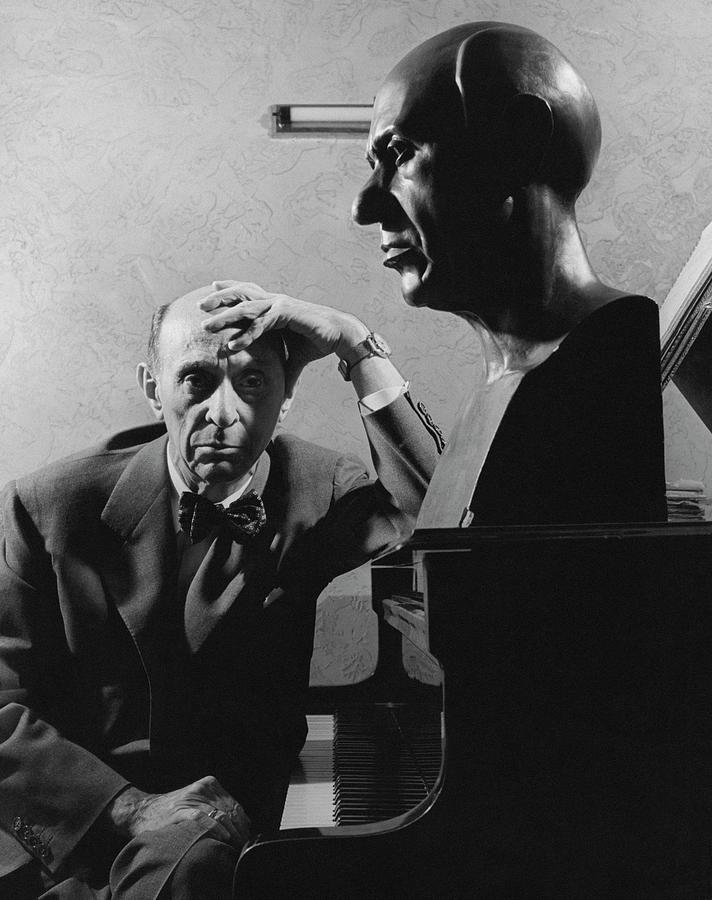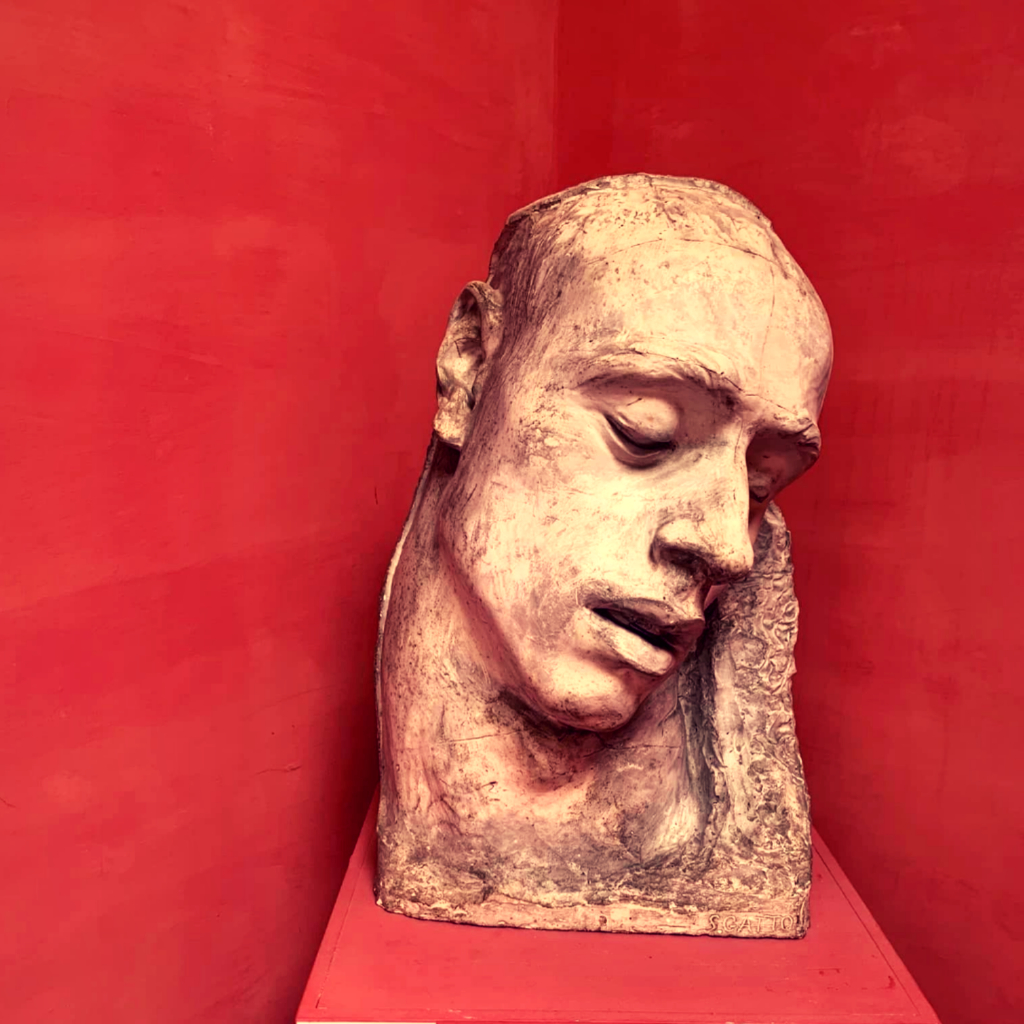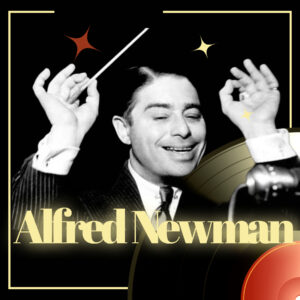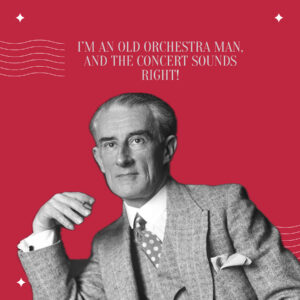
Arnold Schoenberg developed a new concept of music writing, dodecaphony, and became the creator of a new music language for the 20th century.
On 13 September 1874, Arnold Schoenberg was born in the Vienna Ghetto. His mother was a piano teacher, but learnt the basics of music and learnt to play the violin on his own. The early death of his father forced him to earn a living, and from the age of 16 he began working in a bank. However, he soon realised that music from a passion became a destination. His first teacher was the famous Austrian composer A. von Zemlinsky, whose sister Arnold married in 1901. They had two children, a daughter and a son.
In Vienna, the early 20th century was ruled by the operetta ball, which allowed Schoenberg to earn money by orchestrating. He taught at the music school and the conservatory, from 1904 as a private teacher. In 1903 at the Vienna Opera, the composer met G. Mahler. Schoenberg was a keen admirer and propagandist of unrecognised genius. He was also attracted by Mahler’s creative stance – an uncompromising service to his talent against the public opinion.
In 1907 he became seriously interested in painting, and his wife Matilda was Schoenberg’s new friend, the painter Richard Gershtl, for whom she even tried to leave the family. The infatuation did not last long, although during these few months the composer was preparing to take his own life and his friends were negotiating with the fugitive, appealing to her human and maternal feelings. Eventually, Matilda returned home and her lover hanged himself.
In 1911, Schoenberg’s paintings were shown at the Munich Expressionist Exhibition. At the same time his first book – «The Theory of Harmony» is released. Another 4 books and a collection of articles will be published in the 40s-60s. During World War I, the composer was called to service and spent two years in the rear.
Matilda died in 1923, and a year later a 50-year-old maestro married Gertrude Kolys. She was also a sister, but not his teacher, but his pupil. A daughter and two sons were born in this marriage. According to Schoenberg’s biography, from 1925 the composer was invited to teach at the Berlin Conservatory. However, the work lasted until 1933, when anti-Semitic sentiments developed in Germany and the Schoenbergs moved to the United States. In the New World, he found no interest in his work, although he taught at the University of California for eight years. Despite his achievements in the area of the new musical language, dodecaphony, Schoenberg taught students the basics of classical composition and the history of music throughout his life. After retiring, with a modest salary, the composer had to work as a private tutor. After the Second World War, his works were again widely performed. He spent the last years of his life in Los Angeles. In 1946, he had a heart attack and on 13 July 1951, the maestro died.
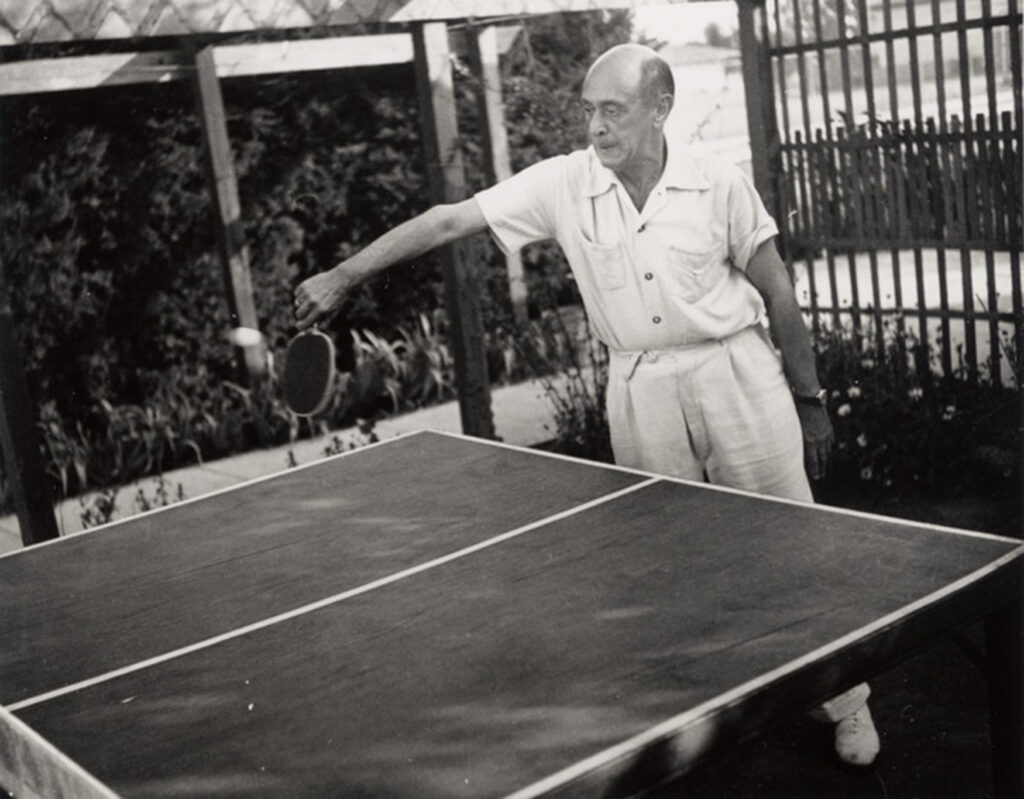
Interesting facts about Schoenberg
- Schoenberg’s biography states that he is one of the few composers to write music at a table rather than at an instrument. So did Mozart, Berlioz, Shostakovich.
- The composer had a superstitious fear of the number 13, even though he was born on the 13th. However, he also died on the 13th, at the age of 76 (totalling 13) years. By the way, both of these 13 were Friday nights. Even the 13th (or multiples) beat of his works he considered unsuccessful.
- Although Schoenberg had the reputation of a scandalous composer and innovator, he was a modest, quiet and delicate man.
- The composer was an excellent tennis player.
- On music «Lunar Piero» there were two ballets – in 1962 Glen Tetley for his own troupe, in 2008 – Alexey Ratmansky for the Prima Mariinsky Theatre Diana Vishneva.
- Schoenberg twice changed his religion – in 1898 he was baptised into the Protestant faith, and in 1933 he converted to Judaism.
- Schoenberg’s daughter Nuria was the wife of Italian composer Luigi Nono, who also used the technique of dodecaphony. In 1992, Nuria wrote a biography of her father.
- Incomparably better known as a composer, Schoenberg was also a prolific artist, an expressionist. He created more than 300 paintings, which took part in many exhibitions, among them many self-portraits.
- Schoenberg’s portraits were painted by R. Herstl, O. Kokoshka, E. Schiele. One of the portraits was created by his fellow composer D. Gershwin – Schoenberg met him after emigrating to America. They had a lot in common, apart from their love of music, both wrote paintings (saying Gershwin was better) and played tennis with passion.
